AirBar on Wednesday showed off a prototype "plug-and-touch" USB device that turns Apple's 13-inch MacBook Air into a touchscreen laptop, a feat accomplished through infrared light, sensors and other proprietary technology.
While not as responsive as the capacitive multitouch screen on an iPad, the prototype AirBar AppleInsider was able to play with today was surprisingly intuitive.
On a basic level, the USB-connected device can be thought of as a giant one-to-one virtual trackpad overlaid atop MacBook Air's display.
Like AirBar's PC version, which has been available for some time, the MacBook Air iteration is attached via two round magnets positioned just below the screen. The light blasting and sensing unit that snaps onto the posts is thin, but not thin enough that it can be left permanently affixed when the clamshell is closed.
With sturdy yet lightweight materials, AirBar shares a similar raw aluminum aesthetic with its host MacBook Air. Black plastic end caps keep the device off the screen surface, protecting it from scratches.
Plugging in AirBar to one of MacBook Air's USB ports automatically activates the unit, which fires an infrared light field onto the display. Light sensors embedded in AirBar's body detect objects — fingers, styli, bananas — that break the field, while specialized software plots the position of said objects relative to onscreen graphical assets. The result is a tad more responsive than holographic or competing optics-based input methods.
Getting a response from touching MacBook Air's screen is oddly satisfying.
We did experience a bit of lag and misidentified touch inputs while testing AirBar in the supplied paint app, but those quirks should be ironed out before the device ships. Whether the peripheral can achieve a level of precision offered by dedicated laptops and convertibles with capacitive touchscreens remains to be seen.
Though multitouch gestures like swipes, pinches and multi-finger scrolls are supported by AirBar's PC lineup, those actions were not available in the early Mac software demonstrated today. Those features are earmarked for inclusion in the production model, however.
Priced at $99 and initially limited to the 13-inch MacBook Air, AirBar will be available for purchase from Amazon in March. The company intends to market similar models compatible with other MacBook family products in the future, company representatives said today.
 AppleInsider Staff
AppleInsider Staff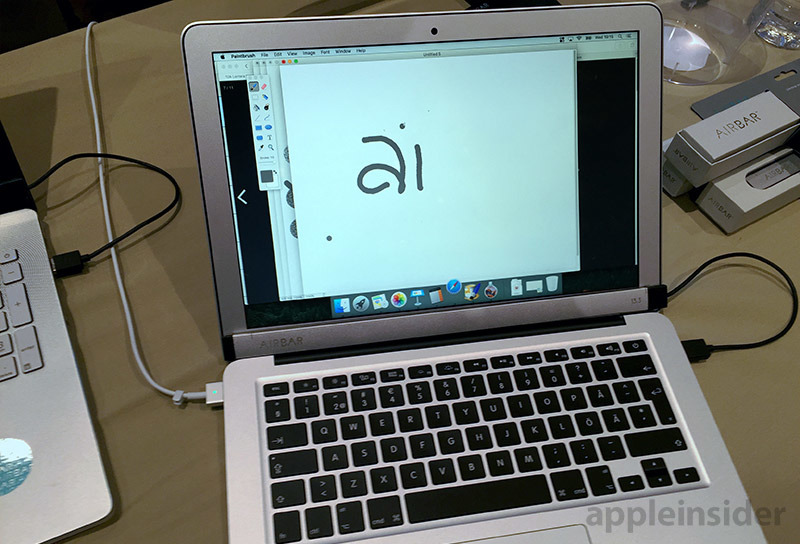

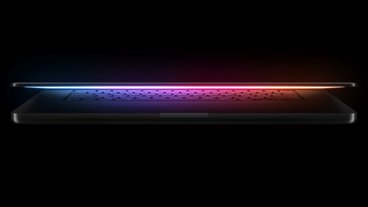


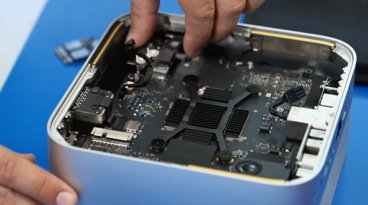








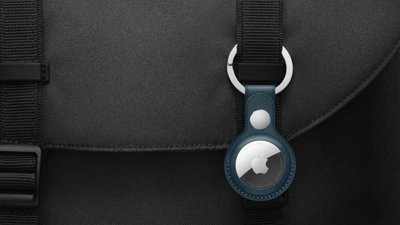
 Charles Martin
Charles Martin
 Christine McKee
Christine McKee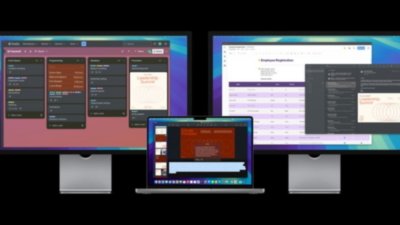


 Oliver Haslam
Oliver Haslam
 William Gallagher
William Gallagher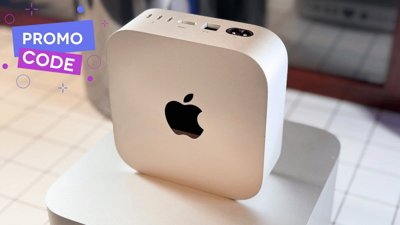

 Sponsored Content
Sponsored Content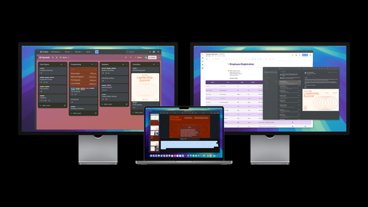
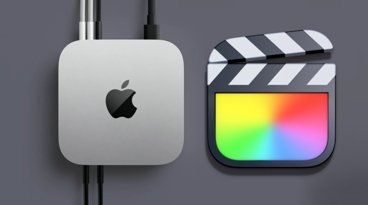
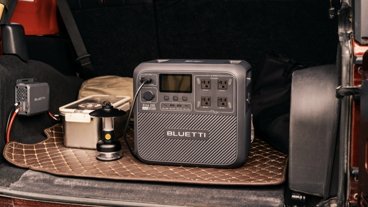






28 Comments
What I wonder is how a screen this isn't designed for touch input is going to hold up long term if subject to continual pressure and friction.
For an unprotected screen, the like MB Air, it's going to be even worse. Poking at a bare LCD to make it distort is kinda neat but not exactly good for its health.
Even for a screen with a glass overlay, it won't do the AR coating any potential favors.
Terrible idea.
I know some people are bemoaning the lack of touchscreen on the MacBook line but it still doesn't make a whole lot of sense to me. I want a laptop that's a great laptop and I think there are too many concessions that need to be made to turn a laptop into a touch-based form factor. Microsoft has been struggling to make a compelling case in my opinion. That's not a knock on the Surface line of laptops (which are certainly great and has impressed this Microsoft ex-developer) but they are great because they are great laptops. I've had and developed for Tablet PCs years before the iPad and I can tell you this... it was a decent laptop. I used it a few times as a tablet, lost the pen and realized that it's a terrible way to use Windows. The iPad "got it right" and that's why it's the best selling tablet in the world aside from it's inherent limitations. But those limitations are what make it a great, single form factor device.
This isn't a new idea. We've been running something like this in my department at a college for about 10 years. It's a usb screen that is mounted over the front of a 42" TV. Connecting the VGA input on the TV to a Mac, we turned it into a touchscreen computer.
The problem is the 3rd party drivers and keeping them current with Apple's OS. Development on the touchscreen stalled and we had to stop OS updates on the computer to keep the touchscreen working. It needed to be calibrated weekly and that part was a little flaky too.
Over all it was a cheap way to develop an interactive kiosk but someone had to constantly maintain it.
The smaller the screen the more dense the pressure points on the touchscreen overlay will need to be. The ones we had were not dense enough to accurately use all the little click points in a program like Photoshop.
It's an interesting idea in concept but application tends to be a bit wonky. We haven't seen any wear issues with the TV screen. The overlay screen is thick enough not to flex so the two don't actually ever come in contact with each other.
I have a ModBook which is a similar approach just pen based instead of touch and it's works well but it's way out of date now.
I would prefer it if Apple would just develop a product similar to the Microsoft Surface Studio. I think they scooped Apple on that one.
I may be in the minority, but I wish Apple would make a good touchscreen laptop. There are many things for which touching is more efficient than a trackpad, and Apple is essentially trying to market the iPad Pro (with keyboard and stylus) as a pseudo laptop computer. I need a replacement to my aging MacBook Air and iPad, and the cost/performance point of the latest MacBooks as well as the issues with battery life are driving me to look at PCs